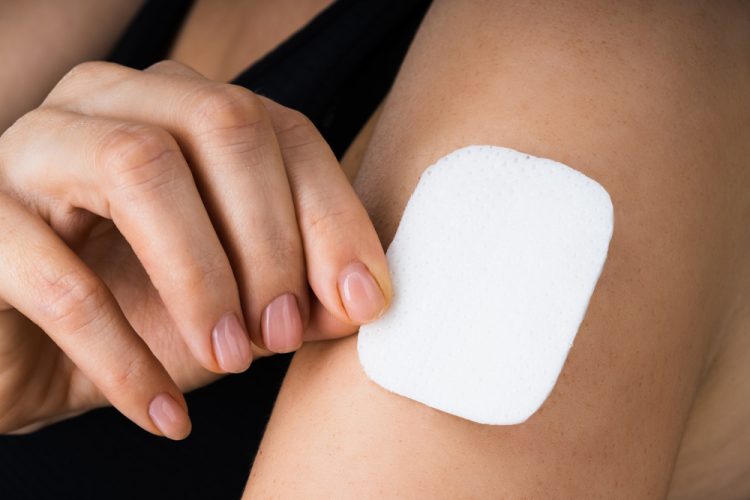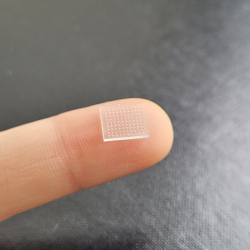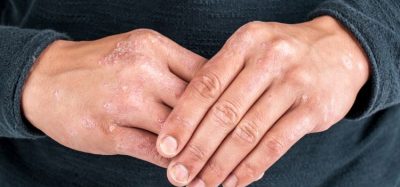3D-printed vaccine patch boasts greater immunity than usual vaccine shot
Posted: 27 September 2021 | Anna Begley (European Pharmaceutical Review) | No comments yet
A newly designed 3D-printed microneedle patch demonstrated immune responses 50 times greater than typical subcutaneous injection in animals.


Scientists at Stanford University and the University of North Carolina at Chapel Hill have created a three-dimensionally (3D)-printed vaccine patch that provides greater protection than a typical vaccine shot. The ease and effectiveness of a vaccine patch sets the course for a new way to deliver vaccines that is painless, less invasive than a shot with a needle and can be self-administered.


Scientists at the University of North Carolina at Chapel Hill and Stanford University used a 3D printer to produce a microneedle vaccine patch that dissolves into the skin to boost immunity [credit: University of North Carolina at Chapel Hill].
The microneedle patches were 3D-printed at the University of North Carolina at Chapel Hill using a CLIP prototype 3D printer that lead study author Joseph DeSimone invented and is produced by CARBON.
According to the paper, published in PNAS, faceted microneedle arrays were designed and fabricated using a 3D-printing technique called continuous liquid interface production (CLIP). The faceted microneedle design resulted in increased surface area as compared with the smooth square pyramidal design, ultimately leading to enhanced surface coating of model vaccine components (ovalbumin and CpG).
The microneedles are lined up on a polymer patch and applied directly to the skin, which is full of immune cells that vaccines target. Study results show the vaccine patch generated a significant T-cell and antigen-specific antibody response in animals that was 50 times greater than a subcutaneous injection delivered under the skin. This heightened immune response could lead to dose sparing, with a microneedle vaccine patch using a smaller dose to generate a similar immune response as a vaccine delivered with a needle and syringe.
The researchers also emphasised how vaccine patches could be crucial for vaccination rates, as demonstrated during the COVID-19 pandemic. There are multiple issues that can hinder mass vaccination, from cold storage of vaccines to needing trained professionals who can give the shots.
Meanwhile vaccine patches, which incorporate vaccine-coated microneedles that dissolve into the skin, could be shipped anywhere in the world without special handling and people can apply the patch themselves. The resulting ease of using a vaccine patch may lead to higher vaccination rates for not only COVID-19, but also flu, measles and hepatitis.
Related topics
3D printing, Dosage, Drug Delivery Systems, Drug Targets, Immunisation, Research & Development (R&D), Vaccines, Viruses
Related organisations
Stanford University, University of North Carolina at Chapel Hill









